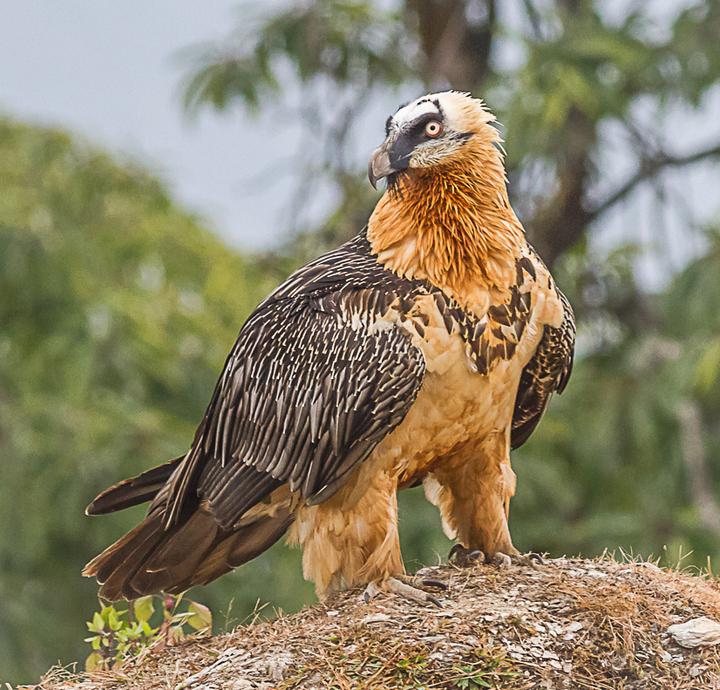Tulsi Ram Subedi
Other projects
29 Sep 2008
Habitat, Status and Conservation of Red Panda (Ailurus fulgens) in Dhorpatan Hunting Reserve, Nepal
25 Jan 2016
Understanding the Proximate Cause of Population Declines on the Population of Bearded Vulture (Gypaetus barbatus) in the Annapurna Range of Nepal
8 Jan 2020
Identification and Mitigation of the Main Threats Impacting Threatened Bearded Vultures in their Core Range of Nepal
This project aims to study autumn migration pattern of diurnal raptors along the east to west flyway south of Annapurna Himalaya and conduct conservation camps in the wintering areas of Nepal.

Beaded vulture.
World population of 14% raptors are globally threatened due to number of factors including poisoning, shooting, nest site destruction, habitat alteration and human persecution (Bildstein 2006, Collar et al. 1994). In Nepal several thousand raptors including 35+ species migrate east to west following south of Himalaya Mountains in each autumn. Although several short observations were carried out since 1970s; full season study was started from 2012 autumn and counted approximately 10,000 individual raptors and in 2013 approximately 14,000 including critically endangered White-rumped Vulture Gyps bengalensis, small number of endangered Saker Falcon Falco cherrug, Egyptian vulture Neophron percnopterus, vulnerable Pallas’s Fish-eagle Haliaeetus leucoryphus, Imperial Eagle Aquila heliaca, Greater Spotted-eagle Aquila clanga and Indian Spotted-eagle Aquila hastata (Subedi et al 2013, Subedi et al 2014).
Although majority of birds cross the national boundary several overwinter in Nepal. In the wintering ground human persecution is intense that resulting death and injury of many raptors including globally endangered species. There is some cultural believe and peoples think body parts of raptors and eggs are useful as a medicine. On the other hand raptors hunt small pet animals and birds therefore peoples generally do not like them and they are frequently persecuted hitting through stones, sticks, nest site destruction, trapping and poisoning. Few of injured raptors rehabilitate in the rescue centre however several of them die on the spot.
On this approach current project aims to continue study on raptor migration to find out the migration trend. Also this study will help to answer the unravel facts like how the population of several species including threatened and rare migrant varies from year to year depending on weather conditions and other variables. For the population monitoring direct count of all raptors passing through the migration corridor will be done from Thoolakharka watch site (early morning until dusk) in the autumn migration season (15 September through early December). Protocols will follow those set forth by the Hawk Migration Association of North America (HMANA), as well as those published in similar raptor migration studies. As well as we aim to build harmony between local peoples and raptors in the wintering ground to minimize human persecution. This will be achieved through the several conservation camps that will result help to minimize the human persecution for the conservation benefit of migratory as well as resident raptor species.